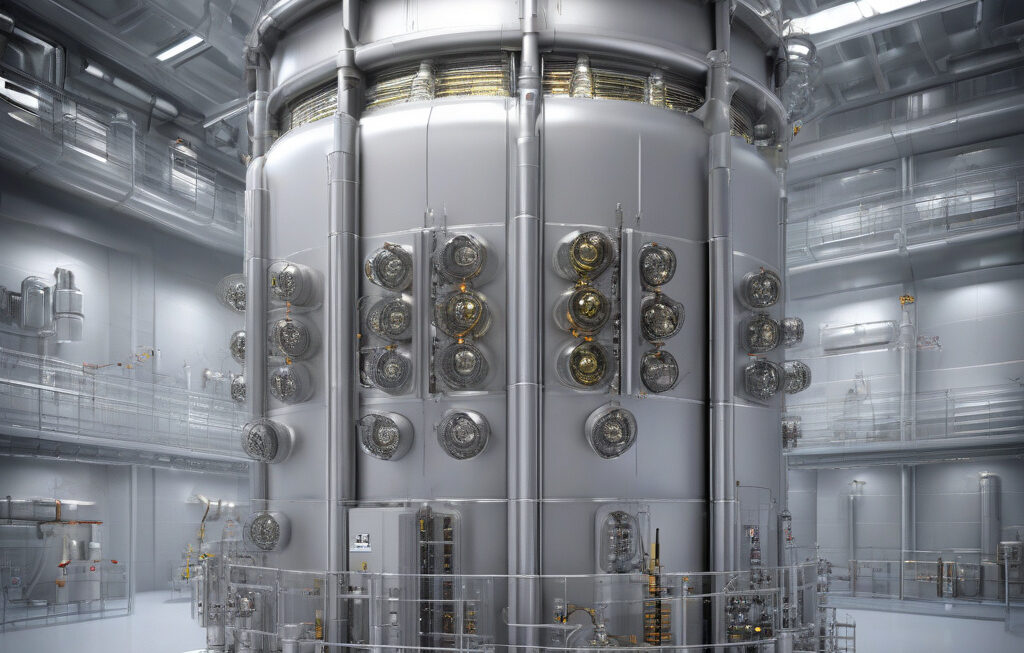New Plasma Device Turns Air into Ammonia, Ends the Need for Fossil Fuels
Researchers at the University of Sydney have developed a groundbreaking way to produce ammonia using a plasma device. This innovative technology has the potential to revolutionize the way we think about energy production and could have far-reaching implications for the environment and global economy.
Ammonia is a crucial component in fertilizers, chemicals, and even clean energy applications. Traditionally, the production of ammonia has been energy-intensive and reliant on fossil fuels. However, this new plasma device offers a sustainable alternative by using air as the primary resource.
The process works by passing air through the plasma device, which breaks down the nitrogen molecules present in the air and combines them with hydrogen to produce ammonia. This method is not only more energy-efficient than traditional means of ammonia production but also eliminates the need for fossil fuels, making it a much greener option.
One of the key advantages of this technology is its scalability. The plasma device can be easily adjusted to meet different production needs, from small-scale applications to large industrial processes. This flexibility makes it a versatile solution that can be implemented across various industries.
In addition to its environmental benefits, the plasma device also offers economic advantages. By reducing the reliance on fossil fuels, companies can lower their production costs and potentially increase their profitability. This could have a ripple effect on the global economy, leading to greater sustainability and innovation in the long run.
Furthermore, the use of ammonia as a clean energy source has the potential to reduce greenhouse gas emissions significantly. Ammonia can be used as a fuel for power generation, transportation, and heating, offering a cleaner alternative to traditional fossil fuels. This could play a crucial role in combating climate change and transitioning to a more sustainable future.
As with any new technology, there are still challenges to overcome before the widespread adoption of this plasma device. One of the main hurdles is the cost of implementation and ensuring that the process remains efficient on a larger scale. Researchers are currently working to address these issues and refine the technology for commercial use.
Overall, the development of this plasma device marks a significant step forward in the quest for sustainable energy solutions. By turning air into ammonia without the need for fossil fuels, researchers have opened up a world of possibilities for cleaner, greener energy production. With further advancements and investment, this technology could soon become a mainstream solution for a more sustainable future.
In conclusion, the new plasma device developed by researchers at the University of Sydney has the potential to transform the way we produce ammonia and energy. By harnessing the power of air and eliminating the need for fossil fuels, this technology offers a promising path towards a more sustainable and eco-friendly future.
plasma device, ammonia production, sustainable energy, fossil fuels, environmental impact












